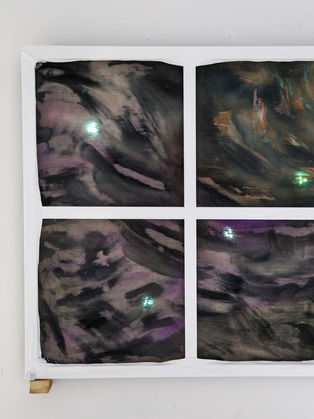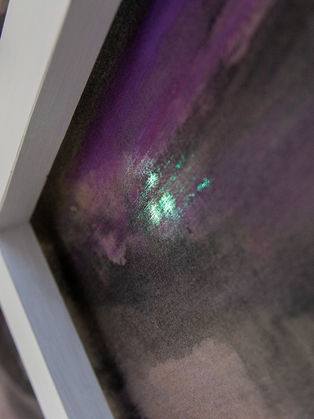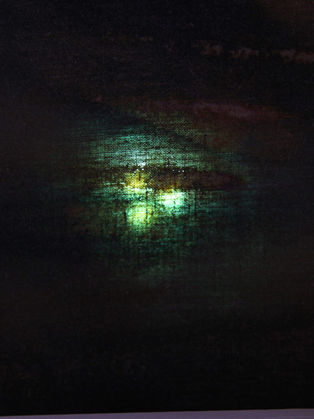There are so many closed and opened movements in my mind that want to show and hide, fulfilled with hesitation. Nothing can be shut-in, and they are always getting ready to subvert or be hostile to each other.
What Gaston Bachelard described accurately reflect my feelings. “We do not have to be long in the woods to experience the always rather anxious impression of ‘going deeper and deeper’ into a limitless world. Soon, if we do not know where are we going, we no longer know where we are.” (Bachelard, 1994, p.185)
Image reference

Book reference


In her breakthrough 1990 work Ghost, Rachel Whiteread created a positive from a negative, making a plaster cast of the interior "void" of a Victorian parlor measuring approximately 9 feet wide, 11 1/2 feet high, and 10 feet deep. Whiteread has said of this sculpture that she was trying to "mummify the air in the room," hence the title. Whiteread created Ghost over a period of three months in an abandoned building at 486 Archway Road, North London, covering the interior walls with multiple plaster molds, each about five inches thick. When the plaster dried, she peeled the molds from the walls and reassembled them on a steel frame. In this interview Whiteread discusses the process of making Ghost and lends new insight to her work.
08/04/09

Rachel Whiteread: "Ghost"
National Gallery of Art

Two sides to every story, 1974
Michael Snow
Double 16 mm installation
On two sides of a metal screen hung in the center of the gallery, two films are projected in continuous loops from opposite ends of the room. Both films show a woman making a series of movements as she walks between two cameramen positioned opposite each other. The films projected on opposite sides of the screen re-present the two differing perspectives of the cameramen. The viewer can only see these by walking from one side of the screen to the other. Snow breaks down the single viewpoint of the camera, redefining the cinematic as a complex spatial experience. Neither side of the screen can be read as front or back; both are interchangeable and, therefore, rendered equal.






















